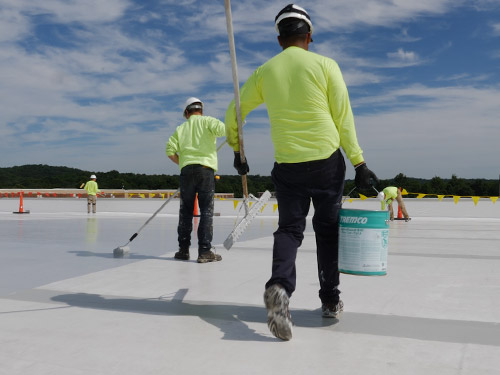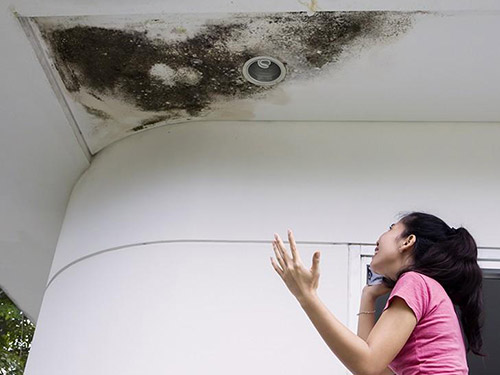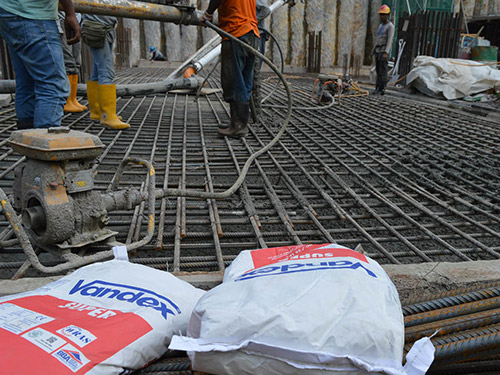
 |
Need Support? |
 Waterproofing and Roofing
Popular Types of Commercial Roofs and Waterproofing Systems
Waterproofing and Roofing
Popular Types of Commercial Roofs and Waterproofing Systems
It is sometimes hard to believe that there are so many different types of roofs for different structures, and some of them can do more than just weatherproof the top of a building...
 Waterproofing and Roofing
Common Problems Associated with Poor Waterproofing
Waterproofing and Roofing
Common Problems Associated with Poor Waterproofing
In order to construct a building that will stand the test of time, one of the key factors is the application of high-quality waterproofing. A poorly designed and installed...
 Concrete, Waterproofing and Roofing, Infrastructure
The 5 Main Benefits of Crystalline Waterproofing
Concrete, Waterproofing and Roofing, Infrastructure
The 5 Main Benefits of Crystalline Waterproofing
Crystalline waterproofing is a process where the active ingredients in a crystalline product react with the free lime and moisture in the concrete to form crystals within the capillary...
